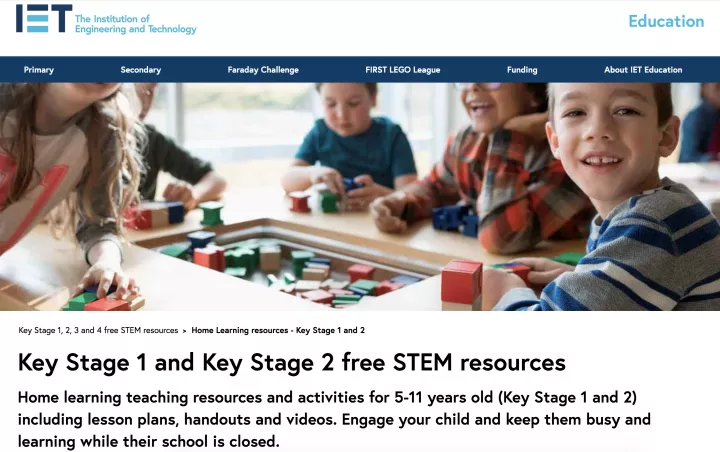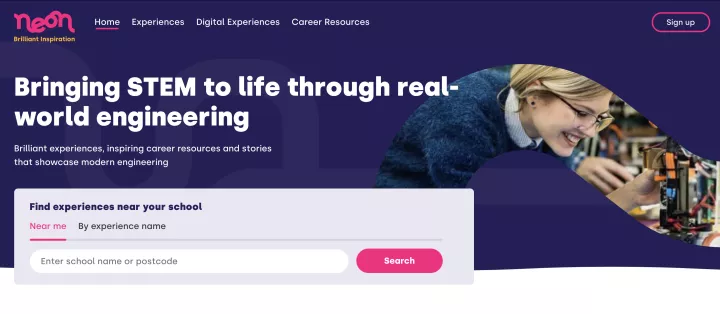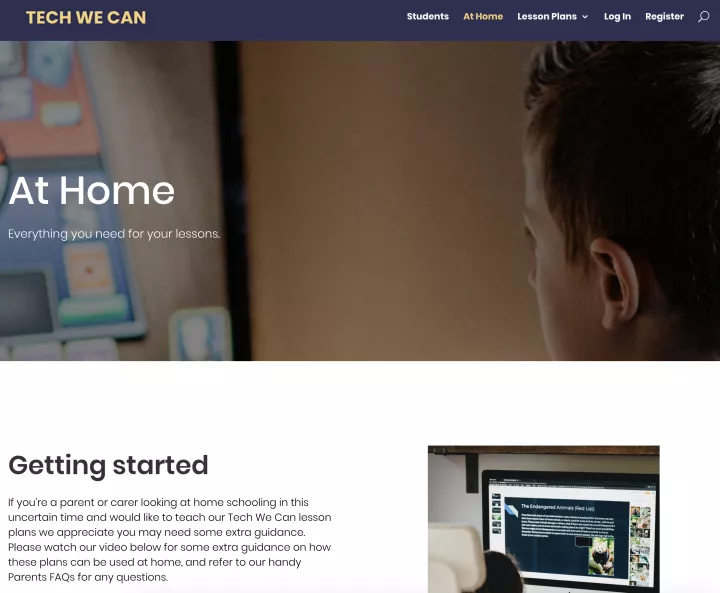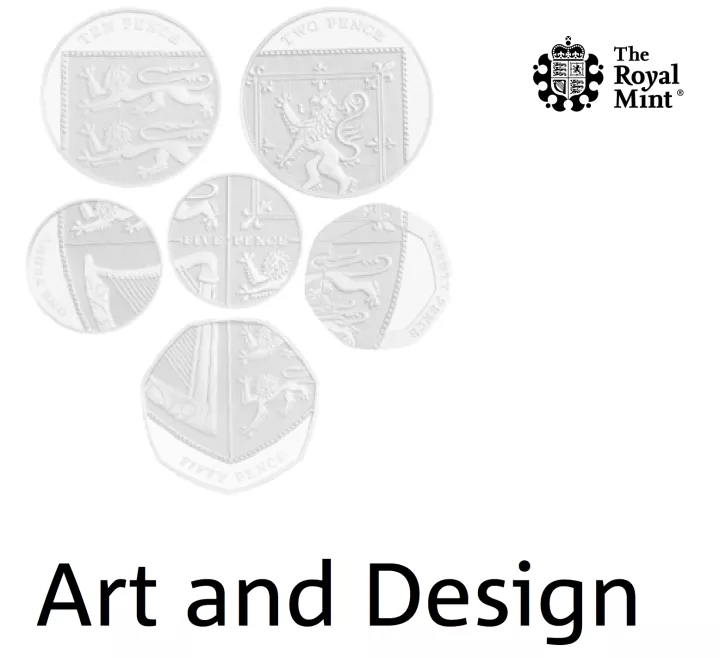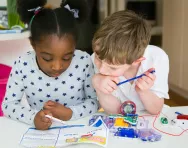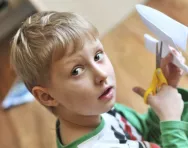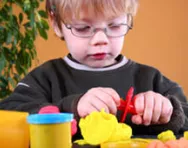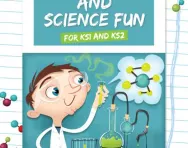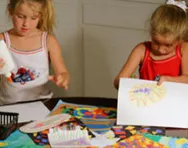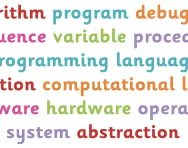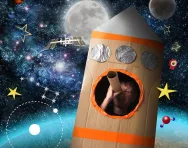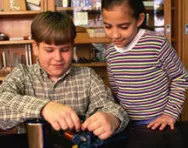Important update from TheSchoolRun
For the past 13 years, TheSchoolRun has been run by a small team of mums working from home, dedicated to providing quality educational resources to primary school parents. Unfortunately, rising supplier costs and falling revenue have made it impossible for us to continue operating, and we’ve had to make the difficult decision to close. The good news: We’ve arranged for another educational provider to take over many of our resources. These will be hosted on a new portal, where the content will be updated and expanded to support your child’s learning.
What this means for subscribers:
- Your subscription is still active, and for now, you can keep using the website as normal — just log in with your usual details to access all our articles and resources*.
- In a few months, all resources will move to the new portal. You’ll continue to have access there until your subscription ends. We’ll send you full details nearer the time.
- As a thank you for your support, we’ll also be sending you 16 primary school eBooks (worth £108.84) to download and keep.
A few changes to be aware of:
- The Learning Journey weekly email has ended, but your child’s plan will still be updated on your dashboard each Monday. Just log in to see the recommended worksheets.
- The 11+ weekly emails have now ended. We sent you all the remaining emails in the series at the end of March — please check your inbox (and spam folder) if you haven’t seen them. You can also follow the full programme here: 11+ Learning Journey.
If you have any questions, please contact us at [email protected]. Thank you for being part of our journey it’s been a privilege to support your family’s learning.
*If you need to reset your password, it will still work as usual. Please check your spam folder if the reset email doesn’t appear in your inbox.
Best design and technology home schooling resources
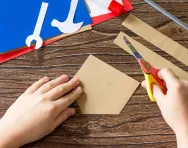
Best for hands-on STEM activities
STEM (Science, Technology, Engineering and Maths) home learning teaching resources for 5-11 years old (Key Stage 1 and 2) from the Institution of Engineering and Technology, including lesson plans, handouts and videos.
From investigaing wheels and axels to making rain, constructing your own doorbell or understanding the principles of aerospace engineering, we love this collection of fun, free and engaging activities.
Best for creative technology projects
Mouse Create is a learning platform for STEM and creative computing. In Mouse Open Projects children can choose projects to work on at home and they won't need an account, guidance from an adult or teacher or any materials (hurrah!).
Each project has a lesson plan and step-by-step instructions, so they can just get started – they could learn the basics of stop motion animation, create a GIF in 8-Bit art style, design a mobile app or explore the world through the eyes of a designer.

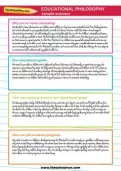
Free home education planning pack & resources
- Guidance, templates & advice
- Practical tips from experts and parents
- How to establish a routine and set goals
Best for learning-packed recycling

Turn recycling materials into at-home engineering projects with the Smallpeice Trust's Engineering@Home weekly design challenge. Will your child tackle the Rubber Band Car Challenge, the Paddle Boat Challenge or the Parachute Challenge first?
Each of the Engineering@Home Challenges are presented in step-by-step videos; share your creations with other budding engineers using the hashtag #EngineeringAtHome.
Best for learning through play (and with LEGO)
Six Bricks is a collection of short activities using sets of six LEGO® DUPLO® bricks (or ordinary-sized bricks), to help children boost their creative construction skills.
From building "tricky towers" to recreating patterns and constructing bridge structures, there are lots of design suggestions and simple games and tasks for Reception and KS1 children to have a go at.
Fancy building a whole city made of bricks (or cardboard)? #StoryCity is a collaboratively constructed and imagined city that kids all over the world will be encouraged to share the building of.
Best for a library of engineering-inspired activities
There’s a huge range of family-friendly engineering-inspired activities to choose from on the Neon website.
Why not make some Frankensnakes, design and build a helicopter using only paper and paperclips, use a drinking straw to pierce through a raw potato or make a bubble inside a bubble inside a bubble with sugar and soap? All the activities can be done at home or outdoors (some will need adult supervision).
Best for curriculum-mapped technology learning
Tech We Can is a set of free lesson plans designed to be taught by teachers in the classroom but now available to parents and carers for teaching at home.
The structured, fun learning packs are all about technology careers and seeing the use of technology in everyday lives and are mapped to the National Curriculum. Whether you need resources that are Low Tech (if you have access to the internet but no tablets), Mid Tech (if you have an iPad purchased more than 3 years ago) or Full Tech (f you have access to an iPad or tablet purchased in the last 3 years), watch the introductory video for parents for advice on how to use the resources with your child.
Best for graphic design
Find out more about coin design with the informative Art and Design - Coins in the Classroom resource from the Royal Mint (you can have a go at designing your own 50p, too). From reverse design facts to royal heraldry and heraldic shields information, there's loads to learn from the coins in your purse!
Best for step-by-step DIY projects
KiwiCo makes science and art subscription "crates", but their free KiwiCo At-Home Resources for Kids (and their grownups) offer free weekly community challenges, easy projects for different ages and abilities, downloadable STEAM activities and some really impressive DIYs to try at home.
Melted crayon art, a mini trampoline, a tick-tock timer and a pendulum wave toy are just a few of the step-by-step projects to choose from. Have fun!
Best technology and engineering playlist
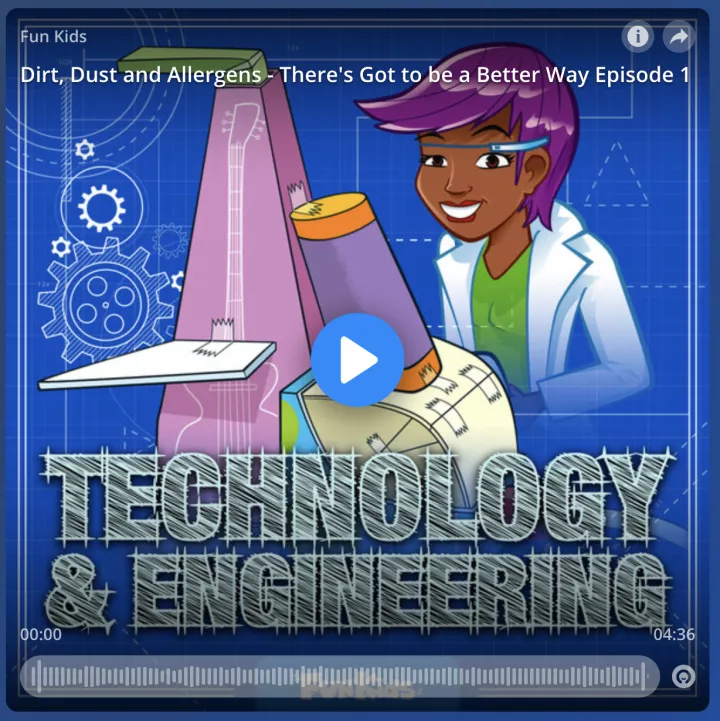
Find out how industry and science work together to take an idea from first design to finished product, available to buy, in a Fun Kids Radio and Shark partnership animation series about product development. The videos see a brother and sister, Jack and Holly, learning the process of what it takes to make and sell a vacuum cleaner for the Fun Kids’ website.
Each of the ten videos aims to teach kids a new lesson about industry, whether that’s learning about prototypes, product development, price and promotion or retailing. There are loads more clips to watch in the Technology & Engineering for Kids playlist, too.
